Driving through Trentino’s winding roads last summer completely changed my idea of what a perfect Italian vacation could be. The region offers a magical blend of dramatic mountain scenery, crystal-clear lakes, and fairy-tale castles that seem to belong in a Renaissance painting.
Traveling through Trentino on four wheels gives you the freedom to experience picture-postcard landscapes at your own pace. You can discover hidden valleys and Alpine villages that most tourists never see.
I found myself constantly pulling over to snap photos of the UNESCO-listed Dolomites rising majestically above verdant valleys. The beauty of a Trentino road trip is the incredible variety packed into a relatively compact region.
One morning you might be hiking around a mirror-like mountain lake, and by afternoon, you could be exploring a medieval castle perched on a rocky outcrop, with no crowds to compete with for the best views.
My route through Trentino connected breathtaking natural wonders with fascinating cultural sites, combining outdoor adventures with historical discoveries. The region’s unique blend of Italian and Northern European influences is evident in everything from the architecture to the cuisine, making it feel distinctly different from what you’ll experience in southern Italy.
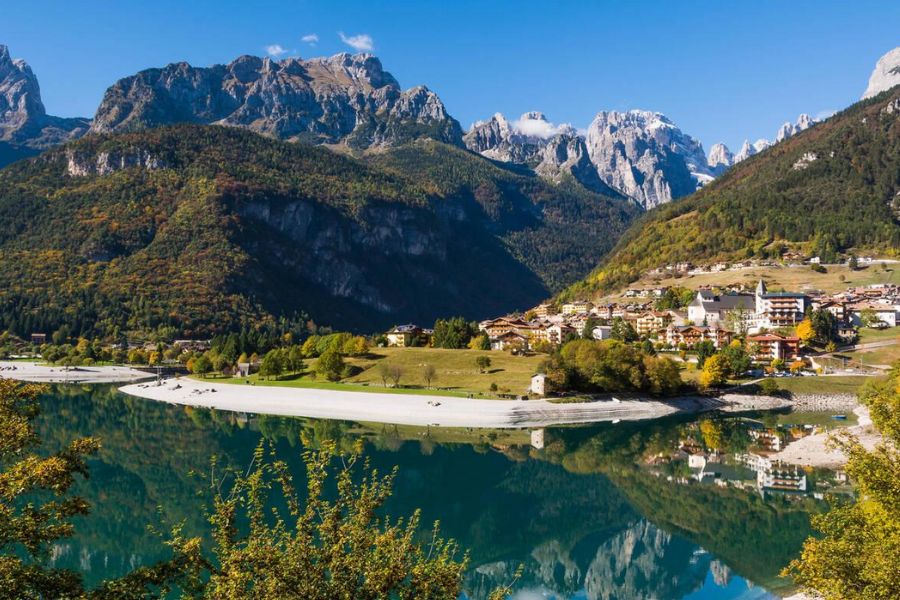
Pack light layers, a good camera, and an appetite for adventure – Trentino’s mountains, lakes and castles are waiting.
Planning Your Trentino Adventure
Trentino-Alto Adige is a region that rewards thoughtful planning. This northern Italian gem offers incredible diversity, from snow-capped mountains to crystal-clear lakes and medieval castles, all within relatively short driving distances.
Best Time to Visit
I’ve found that Trentino truly shines as a year-round destination, with each season offering something special.
Summer (June-August) brings warm days perfect for hiking and lake activities, with temperatures typically between 70-85°F.
Fall transforms the region into a painter’s palette of red and gold foliage, especially around Lake Tovel where the surrounding forests create a breathtaking backdrop. This is my favorite time to visit the wineries too.
Winter blankets the mountains in snow from December through March, making it ideal for skiing and snowboarding enthusiasts. The Christmas markets in Trento are particularly magical.
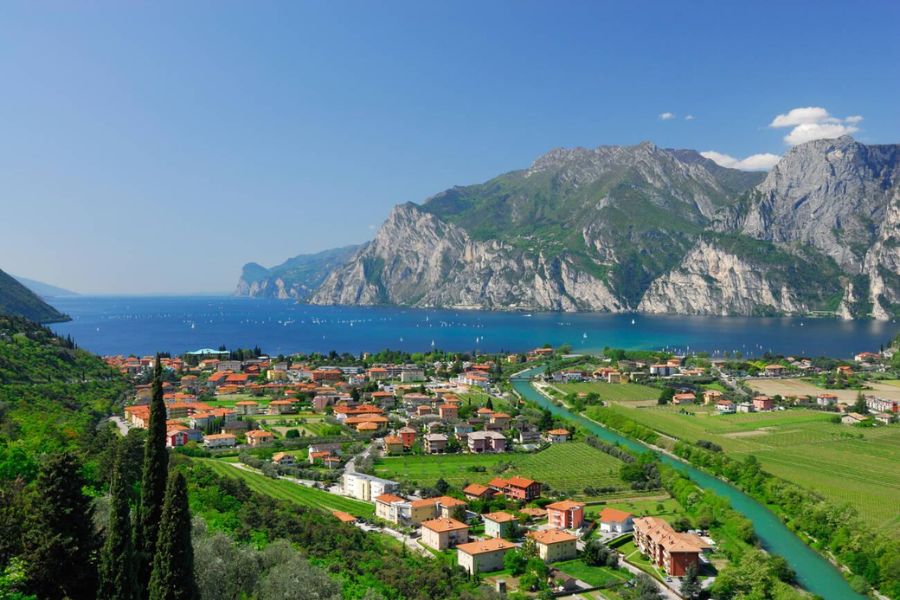
Spring (April-May) offers mild weather, blooming wildflowers, and fewer tourists. Many hiking trails reopen, and prices tend to be lower than during peak summer months.
Navigating Trentino’s Landscapes
Getting to Trentino is relatively straightforward. I usually fly into Verona Airport, which is about an hour’s drive from Trento. Milan and Venice airports are also good options, though slightly farther away.
Transportation Options:
- Rental car (recommended for flexibility)
- Regional trains (connect major towns)
- Public buses (reach smaller villages)
- Mountain shuttles (access hiking areas)
The region’s geography includes dramatic elevation changes, so always check road conditions, especially in winter. Many mountain passes close seasonally.
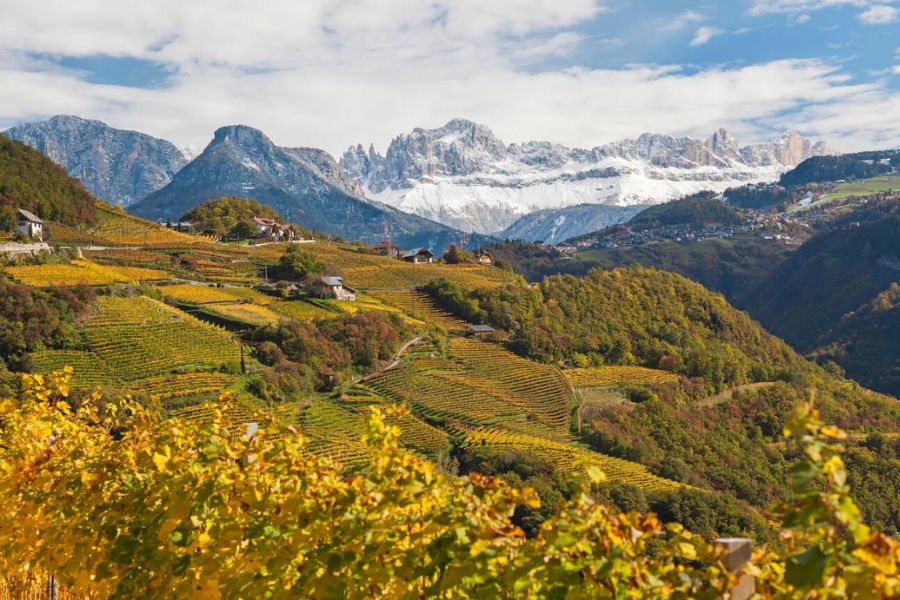
I strongly recommend renting a car to fully experience Trentino’s diverse landscapes. The roads are well-maintained, though they can be winding through mountain areas.
Cultural Insights and Language Tips
While many tourism professionals speak English, learning a few Italian phrases enriches the experience tremendously. In northern areas bordering Austria, German is also widely spoken.
The region’s unique autonomous status means Trentino-Alto Adige enjoys a fascinating blend of Italian and Alpine cultures. This cultural fusion is evident in:
- Cuisine: Try canederli (bread dumplings) and apple strudel alongside traditional Italian dishes
- Architecture: Note the distinctive mix of Mediterranean and Germanic influences
- Festivals: Local celebrations often feature traditional Alpine costumes and music
When visiting small villages, respect local customs by dressing modestly when entering churches. Meal times tend to be later than in the US – lunch typically runs 1-3 PM and dinner rarely starts before 7:30 PM.
Iconic Trentino Landmarks
Trentino offers some of the most spectacular landmarks in all of Italy, blending natural wonders with historic architecture. The region’s unique geography creates a perfect backdrop for an unforgettable road trip through mountains, castles, and crystal-clear lakes.
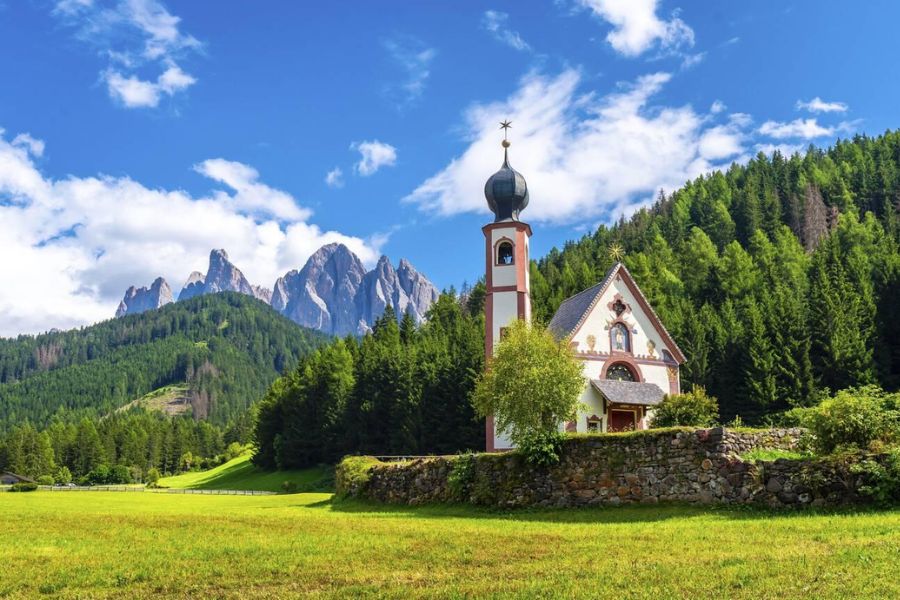
Majestic Castles and Ruins
The Castello di Buonconsiglio in Trento stands as the region’s most impressive fortress. I was amazed by its massive stone walls and beautiful frescoed rooms that tell stories of medieval life. This castle served as the residence for prince-bishops for centuries.
Throughout Trentino, you’ll find castles dotting the hillsides, each with its own unique history. The dramatic ruins of Castel Beseno offer panoramic views of the Adige Valley that took my breath away.
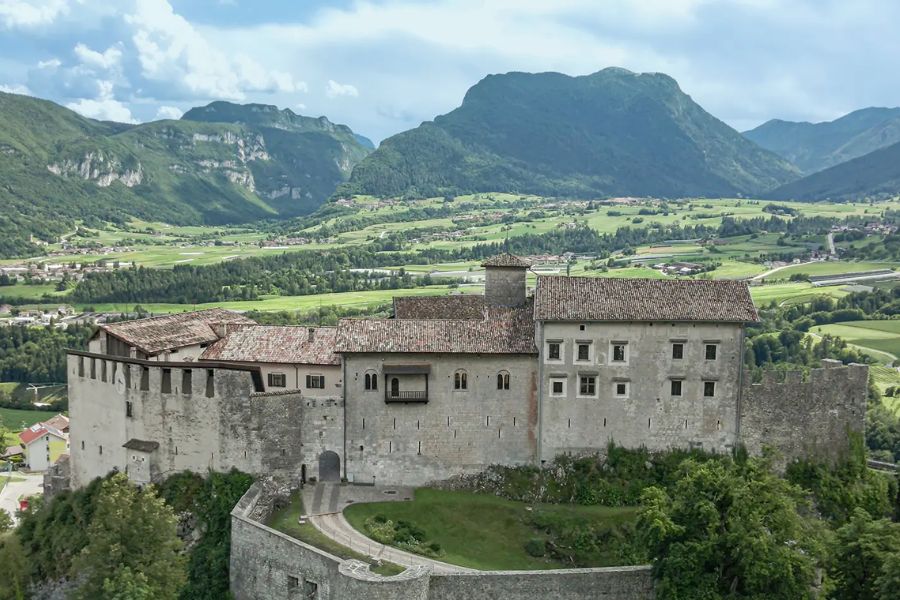
Many castles in the region blend Italian and Northern European architectural styles, reflecting Trentino’s position at the crossroads of cultures. Don’t miss Castel Thun with its perfectly preserved Renaissance interiors and defensive towers.
Breathtaking Mountain Peaks
The UNESCO-listed Dolomites dominate Trentino’s skyline with their distinctive pale limestone formations. I found the views from Val di Fassa especially stunning, with peaks that seem to change color throughout the day.
The Brenta Group offers some of the most dramatic mountain scenery I’ve ever encountered. Part of the larger Adamello-Brenta Nature Park, these mountains feature jagged peaks, alpine meadows, and hidden valleys perfect for hiking.
For those seeking less crowded views, the Fiemme Mountains provide equally beautiful landscapes. The Eastern Alps and Southern Rhaetian Alps create natural borders that have shaped Trentino’s unique cultural identity.
On clear days, you can even spot the distinctive outline of the Ortler Alps in the distance, creating a perfect backdrop for photos.
Stunning Lakes and Valleys
Lake Garda’s northern shores belong to Trentino, offering a Mediterranean feel despite being surrounded by alpine mountains. I spent hours driving the winding lakeside roads, stopping at charming villages that cling to the shoreline.
The valleys of Trentino each have their own character. Val di Sole lives up to its name as the “Valley of the Sun,” with bright meadows and rustic villages that seem frozen in time.
For outdoor enthusiasts, the crystal-clear alpine lakes scattered throughout the region provide perfect swimming spots during summer months. Lake Ledro and Lake Molveno feature water so clear I could see straight to the bottom.
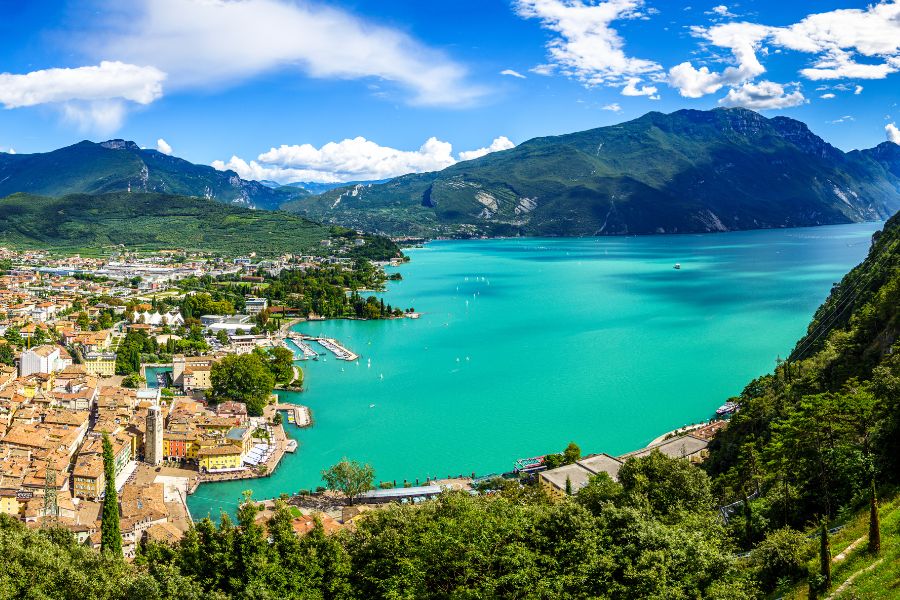
The Old Ponale Road Path offers spectacular views over Lake Garda that shouldn’t be missed. This historic trail has been transformed into one of the most scenic walking and cycling routes in the entire region.
Outdoor Adventures and Activities
Trentino offers endless opportunities for outdoor enthusiasts year-round. The region’s diverse landscape creates the perfect playground for activities ranging from peaceful lake paddles to thrilling mountain ascents.
Hiking the Heart of Trentino
The Dolomites provide some of the most spectacular hiking in Europe. I discovered the Dolomiti di Brenta Trek, a multi-day route with well-marked paths and mountain huts for overnight stays. This trek offers stunning views of limestone peaks and alpine meadows.
For day hikers, the Paneveggio-Pale di San Martino Nature Park near Trento is perfect. I spotted wild deer among the “violin trees” – rare red spruce trees used to make string instruments.
More experienced hikers should try the challenging Traverse of the 13 Peaks. This route tests your endurance while rewarding you with panoramic vistas of the surrounding mountain ranges.
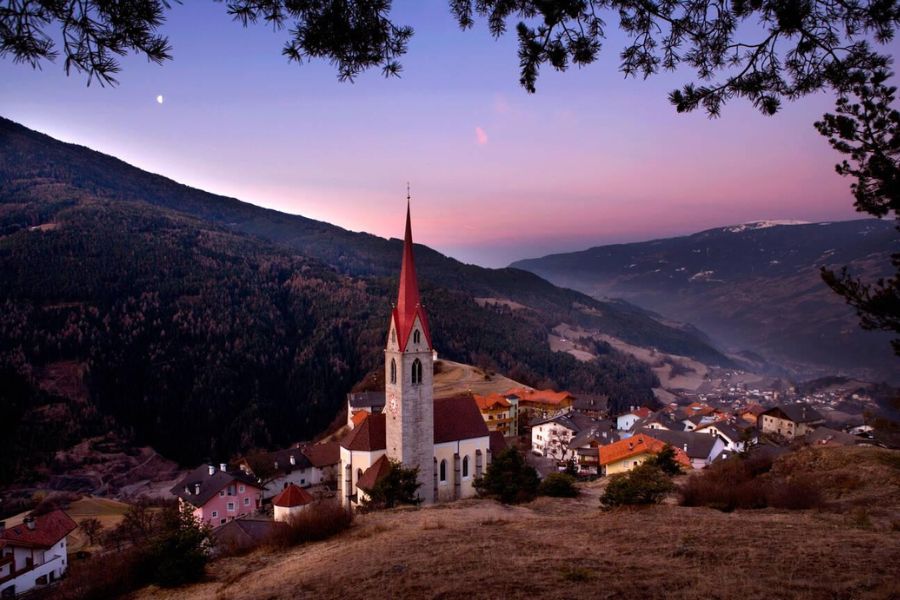
Some trails near Trento offer easier walking options with historical significance, passing ancient Roman paths and medieval structures.
Water Sports and Relaxation
Lake Garda’s northern shores provide the perfect setting for windsurfing and sailing. The reliable winds make it a hotspot for water enthusiasts of all levels.
I spent a relaxing afternoon paddleboarding on Lake Levico, a smaller, less crowded alternative to the major lakes. The crystal-clear waters and mountain backdrop created a peaceful experience.
For families, Lake Caldonazzo offers shallow beaches and rental facilities for kayaks and pedalos. The water warms nicely in summer months, making it ideal for swimming.
Several lakes feature thermal spas nearby, where you can soak in natural hot springs after a day of activities. The mineral-rich waters are known for their healing properties.
Winter Sports and Alpine Fun
The Madonna di Campiglio ski area boasts over 150km of slopes catering to beginners and experts alike. I found the lift system efficient and the snow conditions excellent even in late season.
Snowshoeing trails around the Palaronda area let you experience winter wilderness without skiing skills. Guided tours take you through silent, snow-covered forests and high-altitude plateaus.
Cross-country skiing enthusiasts will love the extensive networks of groomed trails in Val di Fiemme. The terrain varies from gentle flats to challenging climbs.
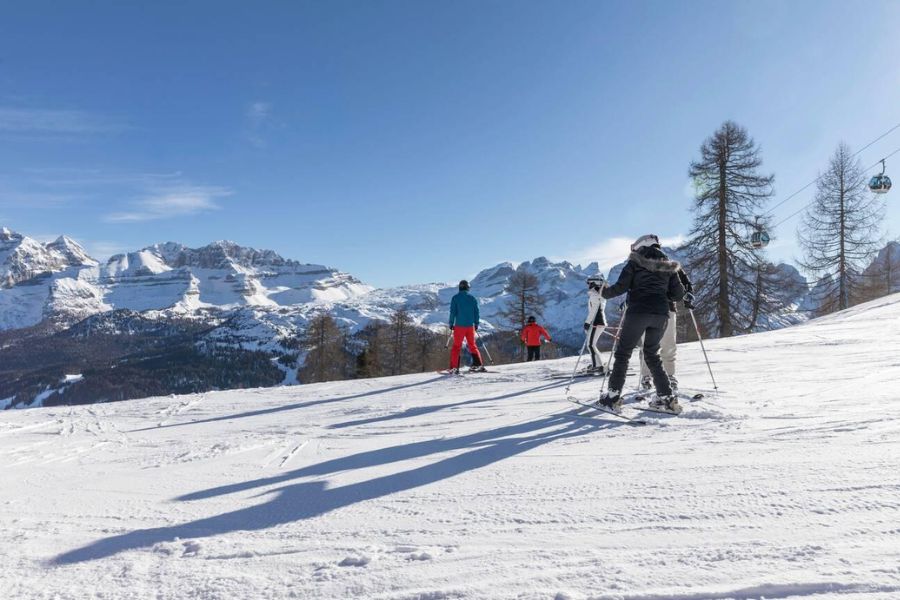
For an adrenaline rush, try ice climbing on frozen waterfalls near San Martino di Castrozza. Professional guides provide equipment and instruction for this unique winter adventure.
Trentino’s Cultural Tapestry
Trentino offers more than just stunning landscapes. The region’s unique blend of Italian and Austrian influences creates a rich cultural experience that’s evident in its museums, food, and historic buildings.
A Journey Through Local Museums
When exploring Trentino’s cultural scene, I was blown away by MART (Museum of Modern and Contemporary Art) in Rovereto. Its impressive circular courtyard and world-class exhibitions make it a must-visit.
In Trento itself, the Castello del Buonconsiglio houses beautiful frescoes and medieval artifacts that tell the story of the region’s past. I spent hours wandering through its halls, each room more fascinating than the last.
Don’t miss the South Tyrol Museum of Archaeology in Bolzano, home to Ötzi the Iceman, a 5,300-year-old mummy discovered in the nearby Alps. The museum offers a fascinating glimpse into prehistoric life in the region.
Smaller museums dot the countryside, each showcasing local traditions, from winemaking to mountain folklore.
Taste the Regional Cuisine
Trentino’s food scene blends Italian passion with Alpine practicality. I’ve discovered that restaurants here serve hearty meals that reflect both traditions.
Must-try dishes include:
- Canederli – bread dumplings often served in broth
- Strangolapreti – spinach and bread gnocchi
- Polenta – served with local cheese, mushrooms, or game
The regional wines deserve special attention too. Trentino produces exceptional whites like Müller-Thurgau and reds such as Teroldego Rotaliano.
For an authentic experience, I recommend visiting a mountain refuge for dinner. These rustic restaurants serve traditional meals with ingredients sourced from nearby farms and forests.
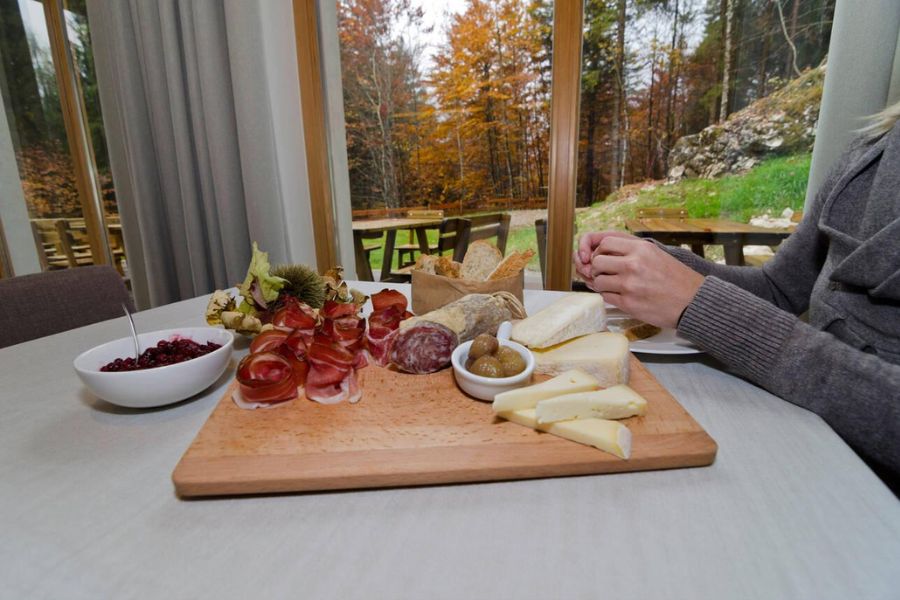
Local food festivals happen year-round, celebrating everything from apple harvests to chestnut season.
Architectural Marvels and Historic Sites
Walking through Trento’s historic center feels like stepping into a storybook. The Renaissance-era buildings showcase the region’s unique position between Italian and Germanic influences.
The Duomo of Trento stands as the city’s crown jewel, with its impressive Romanesque-Gothic style. Nearby, Piazza Duomo’s colorful frescoed buildings create a picturesque setting.
The journey between Trento and Bolzano reveals countless castles perched on hillsides. Castel Thun particularly impressed me with its perfectly preserved rooms and spectacular mountain views.
Further afield, smaller villages like Rango and Canale showcase traditional Alpine architecture with wooden balconies and stone foundations. Their narrow streets and traditional houses remain largely unchanged for centuries.
Day trips to Verona, Vicenza, or even Venice are possible from Trentino, offering glimpses of different architectural styles within reach of your road trip base.
Concluding Your Journey through Trentino
As my road trip through Trentino draws to a close, I find myself already planning a return visit. This remarkable region offers a perfect blend of natural beauty and cultural richness that’s hard to match anywhere else in Italy.
The panoramic views from the Sella mountains still linger in my memory. Standing there, I saw the Marmolada glacier in the distance. It creates a moment of pure alpine magic that photographers and nature lovers will treasure.
Don’t miss Lake Caldonazzo if you’re visiting in summer. Its warm waters make it ideal for swimming and water sports. The surrounding hiking trails offer breathtaking views of the valley below.
Canazei serves as an excellent final stop before heading home. This charming village nestled in the heart of the Dolomites provides a peaceful place to reflect on your journey while enjoying local cuisine.
Val di Non surprised me with its apple orchards and medieval castles. The valley follows the gentle curve of the Adige River, creating picture-perfect landscapes at every turn.
If time allows, venture to Stelvio National Park near the Ortler mountain. The park’s diverse wildlife and stunning scenery make for an unforgettable detour.
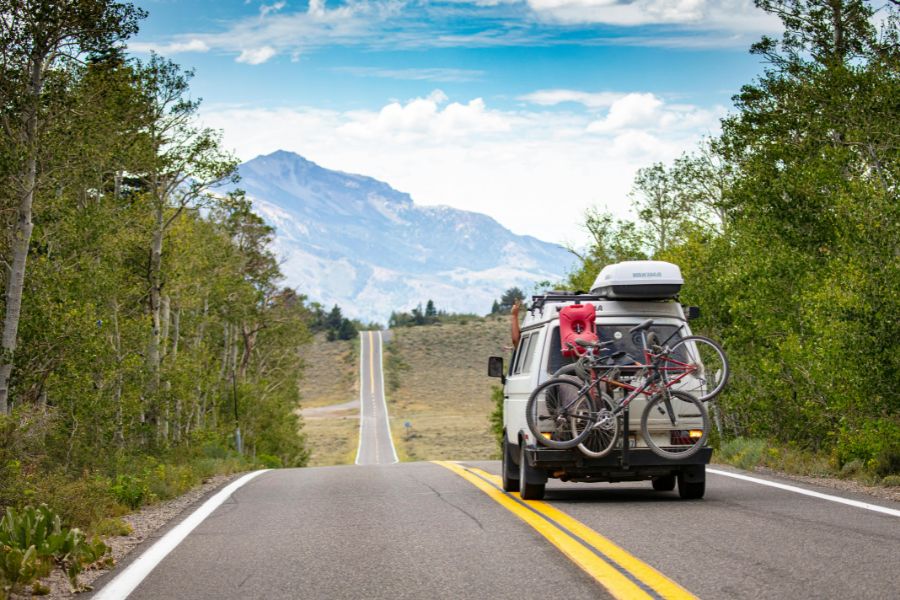
For those who can extend their trip, consider heading west toward Brescia and eventually to the shores of Garda Lake. The Mediterranean climate here offers a pleasant contrast to the alpine environments you’ve experienced throughout Trentino.

